 |
Adze to Coda - an archaeology of device - a series of combination photogram photographs - 1993 - © Lloyd Godman
an archaeology of device - Lloyd
Godman
The
mind a powerful force, a force that can change much, a
force of immeasurable potential. In the right circumstance,
cerebral gelignite, an explosion of intellect that can
conceive a formula for the change of matter. The force
of the mind to change can also be the mind to force a
change. Intellectual facility, an authority over matter
the catalyst for change. A mental impulse, the initialization
of physical execution.
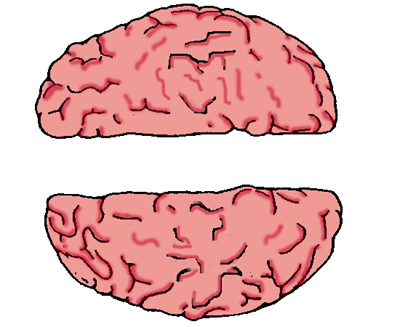
But
thought alone has no power, no real power to modify the
material world without a subsequent physical action.
Thought might be able to conceive a means to effect change,
might be able to invent devices, implements of technology
or devise methods, but the change eventually comes from
a physical act not from the cerebral pre-act. For it is
physical movement, flux, exchange, reaction, modification
that alters matter not the mind alone. Substance altered
through action, not the contemplation.
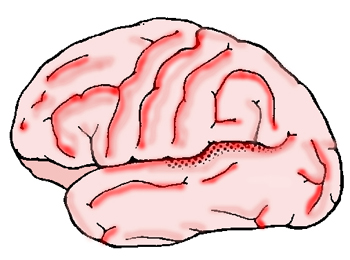
Simple
tools fashioned in: hard stone, bone, wood, bronze, steel, sharp blades, teeth
that cut, horned edges that slice, points that prick,
ropes that bind, tips that pinch, hard flat heavy weights
that pound ----------------. Or moving mechanical parts: wheels that turn, arms that
swivel, blocks and tackle, tight belts, drive chains,
gears that endlessly mesh, springs that tension then release,
the pressure of steam, hydraulic pressure, electrical
energy, intricate electronic components, these have a
more corporeal and often devastating effect on matter.
- They
modify the material world.
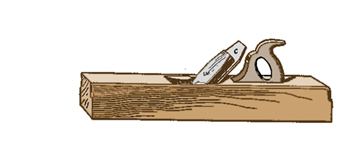
These
are implements and devices of work, objects of function,
conceived in the cerebral domain, and while they have
a specific aesthetic, they are designed in a certain manner
to realize the actions that alter substance, they are
devices of technology that perform the task of matter
exchange. These devices are at the `nuts and bolts' end
of the process of physical change. Often disregarded,
subordinated to their utilitarian tasks, they are designed
in such a manner because the mind understands the physics
that makes them function, the employment dictates the
object's form, the existence of any aesthetic is incidental
or of secondary concern.
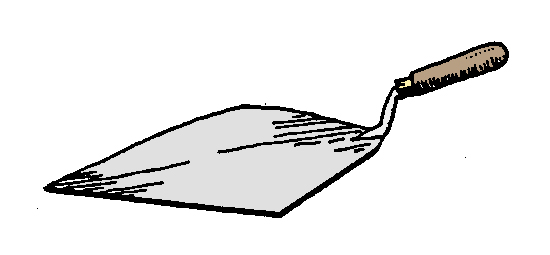
Work
tools, simple forms: spears, adze heads, patu (clubs),
fish hooks, clamps, saws, planes, hammers, trowels, pliers,
snipers, spanners, shapes that are ordained, predestined
by function, profiles with their own poetry, silhouettes
that imply a use and purpose, imply an age of usage, imply
a context. Lines that curve, bend and draw in a manner
that denote a specific object. Sketches cut into a black
ground, vignetted, practical shapes that speak of invented
devices to affect change in a shorter space of time, more
efficiently, on a gigantic scale or to effect change that
could happen only with the use of the device.
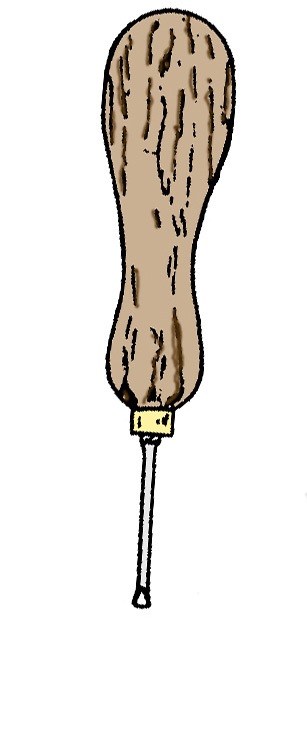
These
are familiar objects with their own lyrical shapes, inextricably
linked to the function, to a specific task, and this utilitarian
shape speaks a language associated with the reconstruction
of matter.
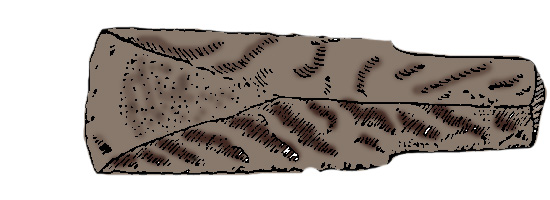
The
harnessing of power, water solar, hydro, petrochemical,
nuclear with the intention to affect matter. From rudimentary
chipped flint stone to coda, implements affect the physical
environment and eventually become artifacts of past actions.
Even if the artifact has never formed the task it was
designed for, even if by fate it is made for a purpose
but never used, the shape deceives the purpose, and it
represents the actions of other such objects.
Representations
of wilderness, images of a pristine landscape. The photographic
component is instigated from unrelated photographs of
the landscape, areas that I identified with, but unlike
other projects I have worked on, these often had little
geographical reference to each other. Isolated images
from different sources of geographic location that have
a seductive quality for one reason or another. There is
a geographic indeterminacy, but a visual linkage
.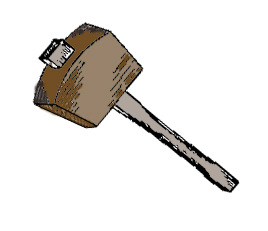
The
estate of wilderness, primeval secular linkages to antediluvian
times, remnants of pre-technology, hidden valleys, secrets
still obscured, passages to an ancient origin. Wilderness
unsophisticated, uncomplicated, naive, a rawness as yet
unrefined. An ambience in repose, vestiges, vibrations of
flora/fauna, resonances of organic evolution, echoes. Leaves
that rustle in each breeze, twigs now broken on the ground,
branches reaching and supporting a wide canopy, strong round
trunks anchored firm in the earth. Tangled roots that search
and penetrate the humus, interlace fine threads, engulf
stones, twist around rocks, bulge and gnarl in places. Small
seedlings pushing through the fallen leaves of the generation
before, searching for an opening to the light. Rains that
drip from leaf tips, run down the bark, dampness on the
moss mounds of miniature forest, on the dead leaves on the
forest floor, dampness that seeks a pathway down to a stream.
Long fern fronds that arch down into water that babbles
over rocks and stone. Water that cuts a course for the ocean.
Raw boulders uncovered, exposed within a forest floor.

Organic
virginal convergence, where things begin, where things have
always been, where we came from, a starting point from which
to modify, resources to exploit. Wilderness ripe for intervention
of unaltered states, ready for the implement. The nature
of the tool reflects the degree of modification. A primitive
stone adze, or huge earth moving machinery there is significant
difference in scale, technology, effect. A turning back
to a sensitive means if one desires, or a turning away if
no consideration is given.
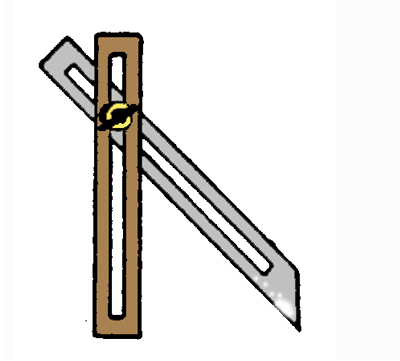
Artifacts,
objects discarded with past uses now relinquished. Not new,
odd or extraordinary, rudimentary silhouettes that stand
for simple tools, tools that signify a time and a means
of modification. Not the typical valuable aura-laden artifacts
but modest icons with insignificant anthropological references,
artifacts that also stand for a people, a time and a place,
that stand for actions, events and a consequence. Modest
tools lifted to a special status, now endowed with an indwelling
spirit, referenced in a different way. History semi-obscure,
read not by act but by encrypted artifact, items left behind.
Tools collected for their intrinsic elegance and the romance
of their past use.
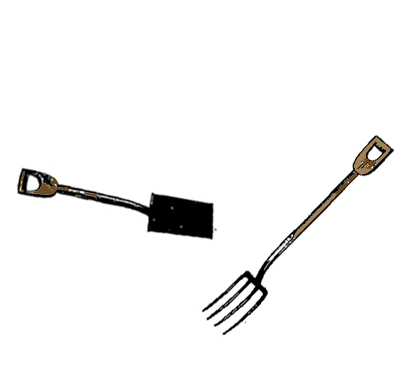
Machinery,
left abandoned because the site is no longer viable, rust,
decay, disintegration. Forgotten sites where sharp edges
are worn and blunt, screw threads corroded and locked, points
dulled with neglect, blades bent chipped or broken with
use, where gears no longer turn and are now idle, decaying.
Sites where the last Moa fell, beaten to death, where stone
scraped flesh from bone, where fires lie as black ash pits,
where cold steel cut the warm flesh of seal and whale, where
giants of the forest crashed to the ground at the last thrust
of an axe blade, where saws sliced each log into even planks,
where whole hills of alluvial soils lie leveled in the
search of gold, where the blades of technology cut deep
into the earth, where concrete encases all that falls into
its thick liquid state. Rust and corrosion, patinas of time
still in the process of transfiguration. Fragile marks of
evidence, a language towards an object's decay, an object's
past use. Implements lost with the age of usage.
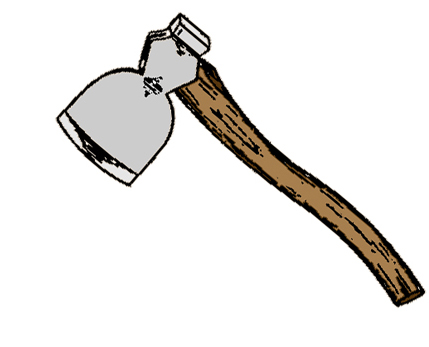
The
element of time changes the importance of the object and
the act. Initially it is significant, essential, imperative
that it function in a certain manner, that it perform certain
tasks, that it remain in possession for future use. The
tool is a means to this essentiality, but over time the
importance diminishes, it is forgotten, the object becomes
impotent, severed from intention. The essence of this change
lies not with the object but in the human mind, without
the cerebral connection the item is returned to the earth,
its function irrelevant.
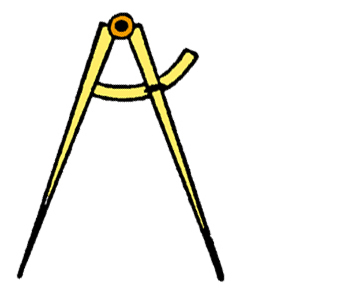
The
beauty of the `thing itself', abstract marks left on the
page by the opaque object. The silhouette as an indexical
foot print, a reference that interfaces with the black void
around it. On top of this the detail interlaced throughout
provides a complex over-layered tapestry of artifacts, a
cloak of references to more intricate devices `where the
represented object may even disappear when the medium turns
itself back on its own codes". Here the importance
of stratigraphy eclipses object. Layers reveal ages, tell-tale
stories of past lives.
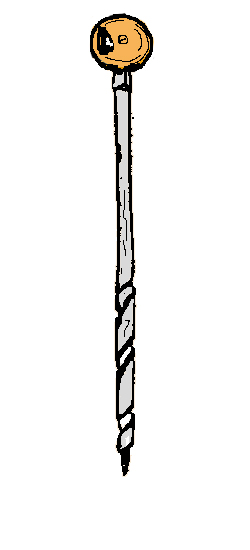
But
only one single object is fully referenced, the silhouette
like a cave opening, a portal from the vacuous spaces of
darkness to an outside world of technology, it outlines
an exclusive artifact. The single shape that predominates,
has the power to compete with the juxtaposition of wilderness.
The darkness of the undiscovered, the potentials of the
unknown, waiting.
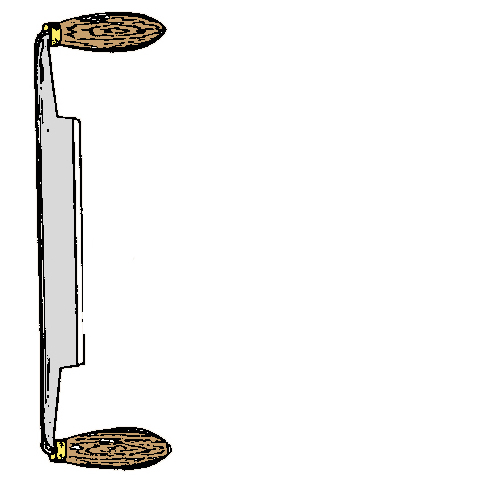
The
object of civilization represented by resemblance, indiscriminate
of cultural colonization, sophistication, material of manufacture.
Residues of the past, memories of old activities, left lying,
discarded.
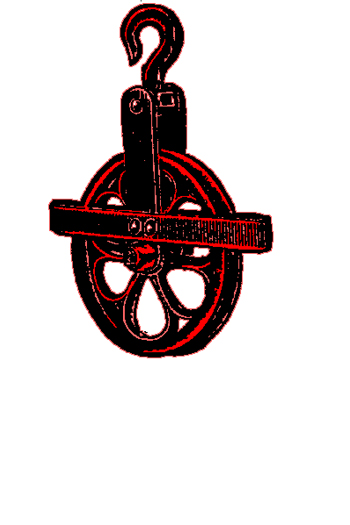
Laborious
manufacture of stone implements, unique, individually made.
Stone specifically selected, painstakingly worked down slowly
to a useful form, polished with devotion the final item
treasured. In a much different time frame, the mass-produced
item, a contrast, tools moulded from hot metal, rapid production,
multiple-production. But individual stone or mass-produced
steel, each tool has an individual history.

In
the object there is also something else, `a trace in matter
of the activity of the immaterial' . The shape of the object
represents the idea of an object's function, once known
the two are inseparable. Access to the act through shape
requires knowledge, requires associations to function, without
it the most poetic lines become no more than basic design,
arbitrary shapes with no meaning.
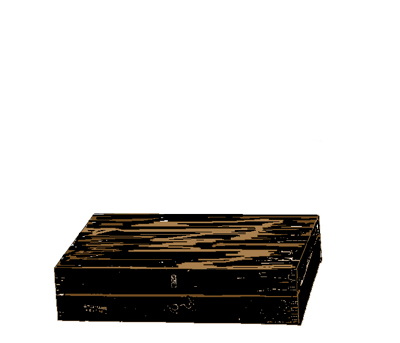
Ironically,
some of these implements are themselves used to excavate,
dig and sift through temporal soils of an earlier occupation,
the diluvian dusts of lost occupation and actions. A fatal
consequence where the implement loses its purpose, becomes
something else, an antiquity, reverenced for different rational.
The passing of time alters the initial context of the tool,
at some point it no longer functions as an implement, as
time passes, or the technology evolves, its use becomes
obsolete, it is lost, but the poetry of shape predominates.
The shape speaks of its past, speaks of a past purpose,
a past action, a past expended energy.
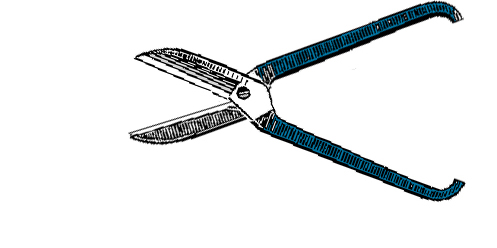
Some
of these are used to probe layer by layer through the concealed
remains of earlier constructions, explorations, they are
the tools, the icons that represent the installation, application
of technology. An archaeology of implements that reference
their own history, points to possible past actions, locations,
cultures, industries. A site of technological construction
for an end other than itself. A colonial end now forgotten,
obscured in the transforming mists of time. Reverberations
of generations before. An origin unrecorded, an origin deciphered
by the discarded artifacts and surmised actions. A site
that relies upon a discovered evidence.
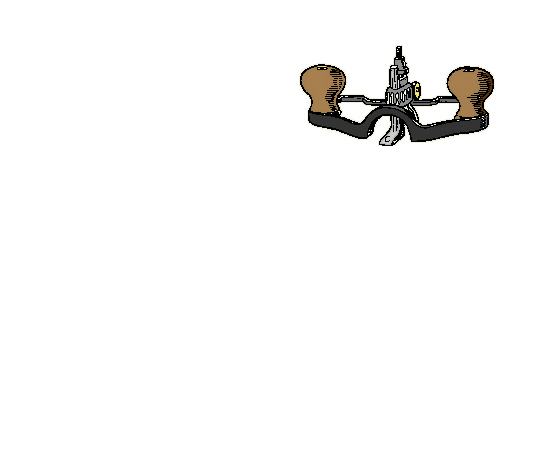
Intricacy
of detail, references of other artifacts, pervade the space
of the larger implement. An over-laying of time and object,
implement and action, a texture of diminutive artifacts.
They provide a more complex manuscript to decipher, they
add a fabric within the outline, they weave another set
of codes. Codes that provide more complex meanings, potentials
with a multiplicity of interpretation. The texture provides
a transcendence of the obvious, there is a range of new
composite objects, old and inventive, from the ancient,
elementary implements to the complexity of electronics.
From tangible artifacts to cyberspace.
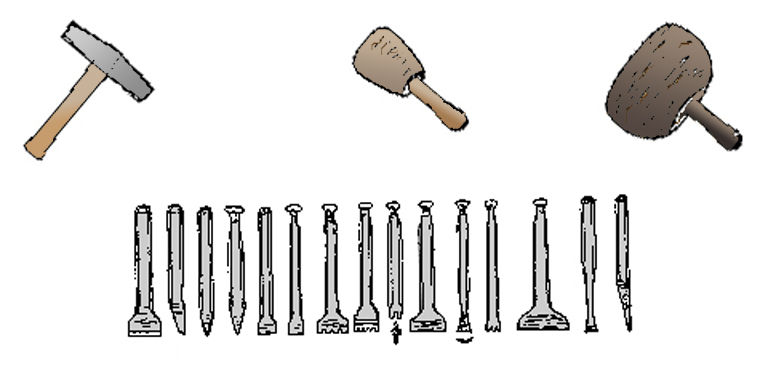
There
are other implements, soft tools, more obscure devices that
represent actions, but in themselves do not act. They sit
between the cerebral and the physical. Inscriptions that
direct actions. Text, lines, letters arranged as words,
drawings, a series of interrelated characters arranged as
codification for change, directions, plans, instructions.
Commands that have been used for centuries to advise others
how and where to alter the physical nature of the world.
Strange runes, marks of engineering, chemistry, physics,
measures of volumes, strengths, depths, pressures, voltages,
speeds etc. Although these letters, marks remain detached
from the tools of the act, they function as artifacts in
another manner, there is still some implication of tactility,
something to touch, handle.
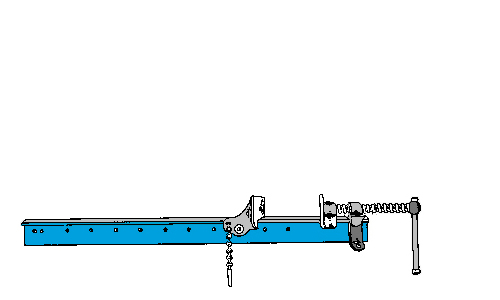
But
with binary codes the physical artifact is lost, the tactility
of the object is denied. Investigation of work in a post-object
domain requires a new means of excavation. With cyber space
the tools are not simple shapes, the poetry is different,
there is a pivotal change, artifact will have changed forever.
Museums can not house characters, collectors can not touch
this coded information, they exist in a separate reality.
Here there are no stratigraphy, no archaeology, no artifact.
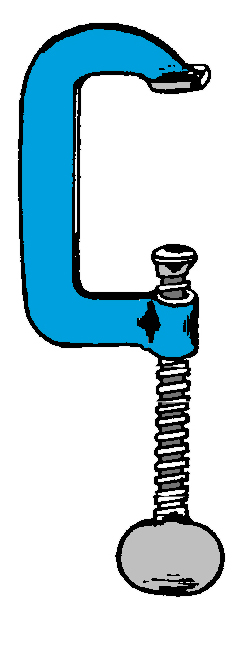
Left
is another archaeological site, a site where artifacts are
less material, where there is nothing to lie buried in the
strata amid the soils of the past. A site where digets sit
on pages, fading memories as the ink loses it's grip on
the fibres. Or the digital site in the memory of a computer
drive, binary codes that survive the vagaries of passing
magnetic fields.
Lloyd Godman 1993
|
|